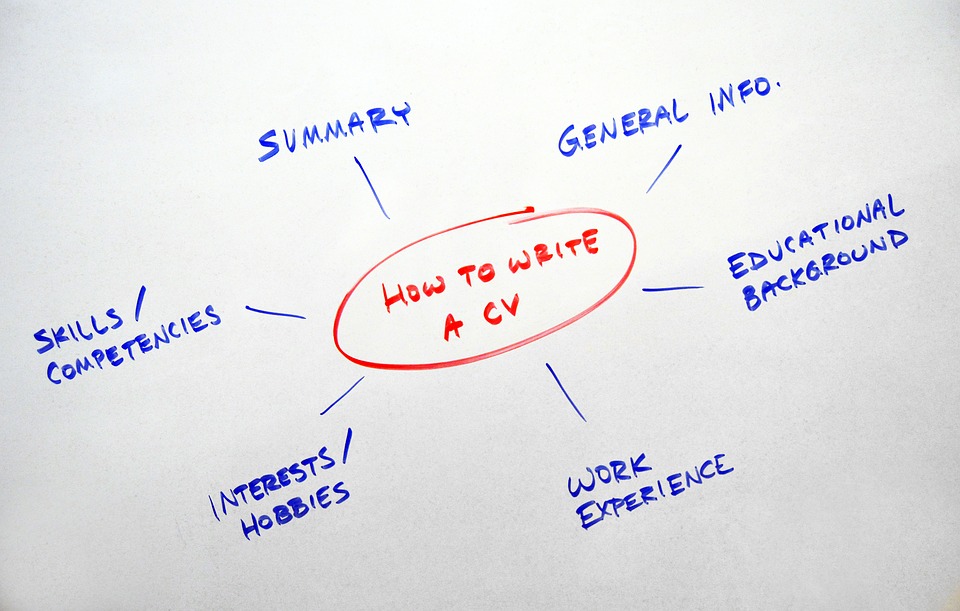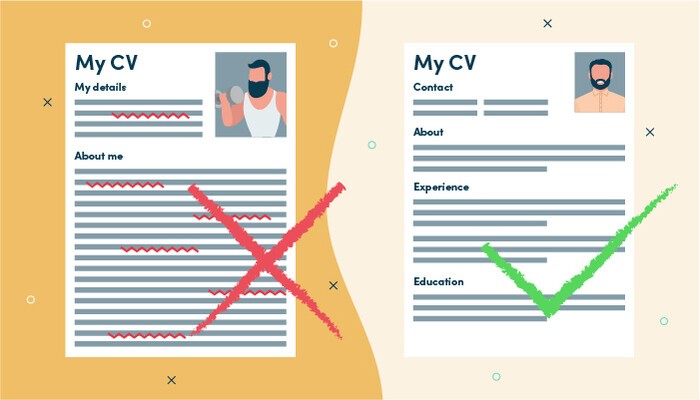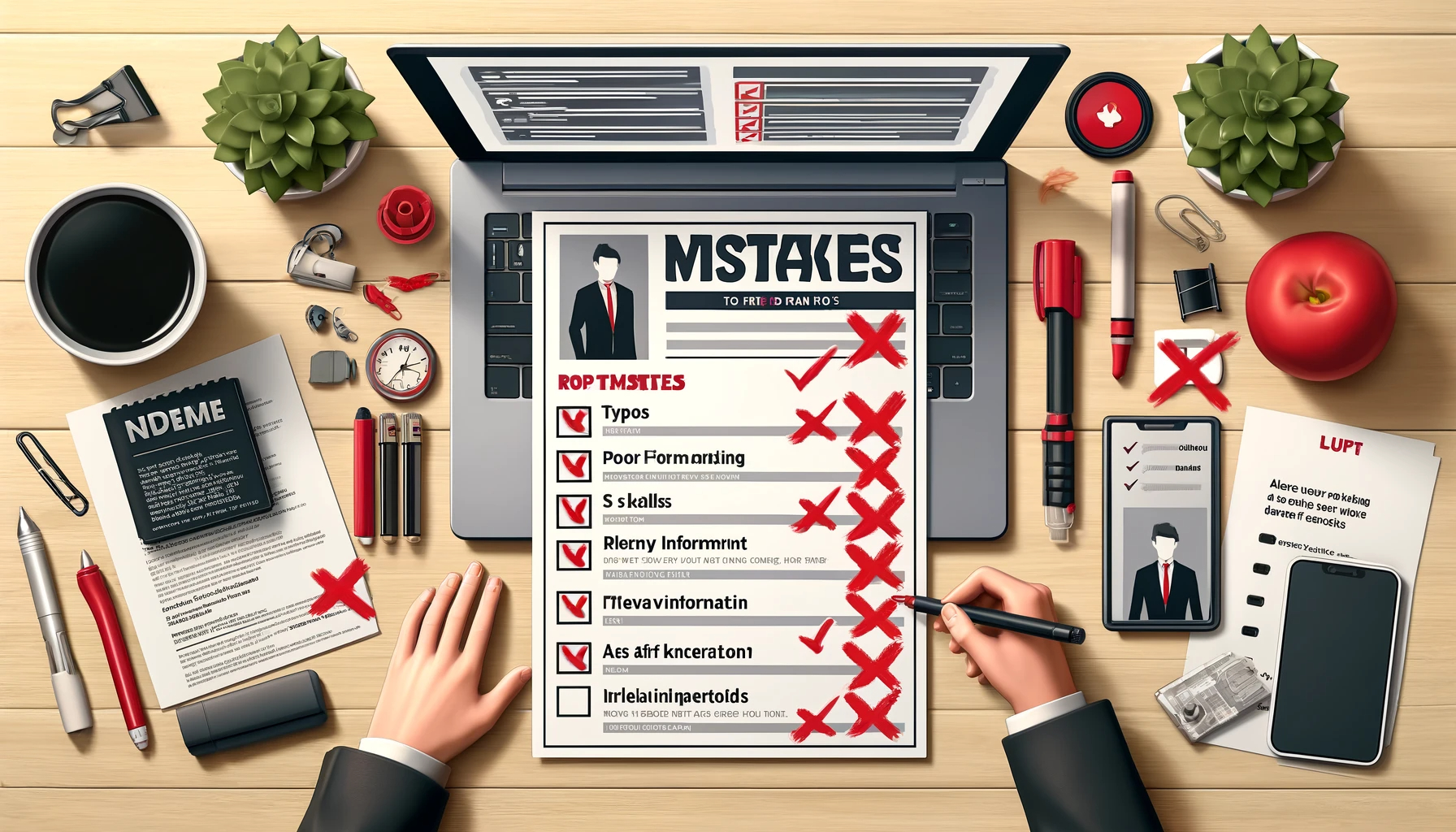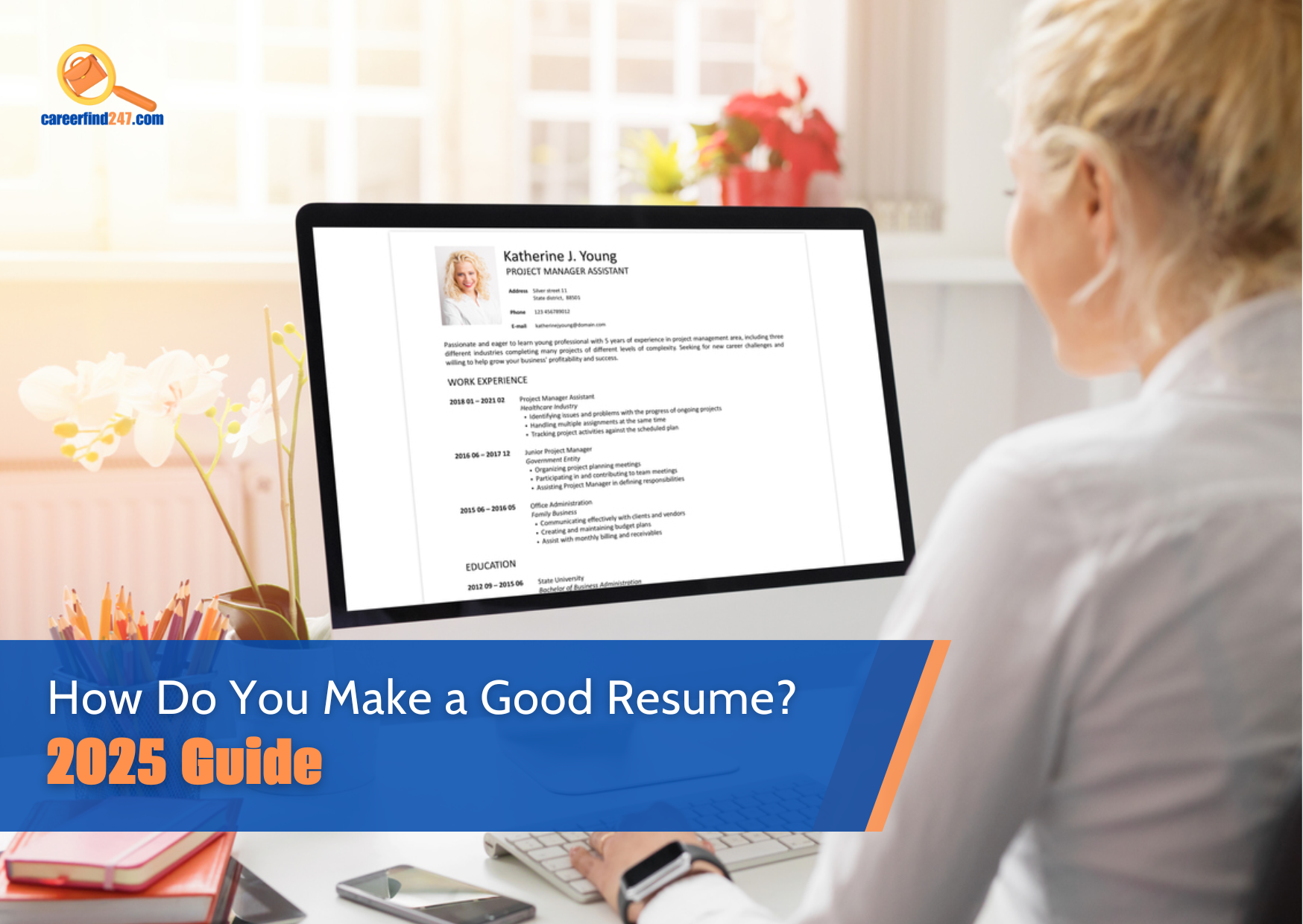Creating the perfect resume can feel overwhelming, but it’s essential to land your dream job. So, how do you make a good resume that stands out to employers? From crafting a professional format to showcasing your skills and experience effectively, this guide will help you build a resume that captures attention and opens doors.Let’s find out with CareerFind247 in the article below!
Understanding the Purpose of a Resume

A resume is more than a list of your experiences and skills. It’s a marketing tool designed to:
- Highlight your relevant qualifications.
- Demonstrate your ability to add value to the organization.
- Leave a positive first impression on hiring managers.
Knowing its purpose helps you create a focused and impactful document.
Key Components of a Good Resume

1. Contact Information
Your resume should start with your up-to-date contact information, including:
- Full name
- Phone number
- Professional email address
- LinkedIn profile or professional website (if applicable)
2. Professional Summary or Objective
Write a concise statement summarizing your professional background and career goals. Tailor this section to highlight your suitability for the specific role.
3. Work Experience
This section is critical for demonstrating your achievements and relevant skills:
- List jobs in reverse chronological order.
- Include job title, company name, location, and dates of employment.
- Use bullet points to describe key responsibilities and achievements.
4. Education
Provide details about your academic background, including:
- Degrees earned
- Institutions attended
- Graduation dates
- Relevant coursework or honors (if applicable)
5. Skills
Highlight specific skills relevant to the job:
- Technical skills (e.g., software proficiency)
- Soft skills (e.g., communication, teamwork)
- Certifications or special training
6. Additional Sections (Optional)
Depending on the role, you might include:
- Volunteer work
- Languages
- Awards and recognitions
- Hobbies or interests (if they’re relevant to the position)
Formatting Tips for a Professional Resume

1. Choose the Right Format
- Chronological: Best for showcasing steady career progression.
- Functional: Highlights skills over job history, ideal for career changers or those with gaps in employment.
- Combination: Merges both formats to emphasize skills and experience.
2. Keep It Simple
- Use a clean, professional font (e.g., Arial, Times New Roman).
- Stick to a readable font size (10-12 points).
- Use clear headings and bullet points for easy scanning.
3. Limit Length
Ideally, your resume should be one page, especially for entry-level positions. For experienced professionals, two pages are acceptable.
4. Use Action Words
Start bullet points with action verbs (e.g., “developed,” “managed,” “implemented”) to demonstrate initiative and accomplishments.
5. Proofread Thoroughly
- Check for spelling, grammar, and punctuation errors.
- Ensure consistency in formatting and style.
- Ask a trusted friend or mentor to review your resume for feedback.
Customizing Your Resume for Each Job

Tailoring your resume to the specific job is crucial for making a strong impression:
- Analyze the Job Description: Highlight keywords and phrases.
- Match Skills: Emphasize skills and experiences directly relevant to the position.
- Focus on Results: Include quantifiable achievements that align with the employer’s needs.
Mistakes to Avoid on Your Resume

1. Including Irrelevant Information
Avoid adding unrelated hobbies, outdated experiences, or personal details like age or marital status.
2. Using a Generic Resume
A one-size-fits-all resume rarely impresses employers. Always tailor it to the job you’re applying for.
3. Overloading With Text
Don’t overwhelm hiring managers with dense paragraphs. Use bullet points and concise language.
4. Focusing on Duties Instead of Achievements
Highlight what you accomplished in previous roles, not just your responsibilities.
5. Neglecting Design
An overly elaborate design can be distracting. Stick to a clean, professional layout.
Conclude
Making a good resume requires a balance of structure, content, and customization. By focusing on relevant information, maintaining a professional format, and tailoring your resume to each opportunity, you’ll increase your chances of landing an interview and advancing in your career. Take the time to craft a resume that reflects your strengths and aligns with the job you’re targeting.
>> View article: HOW TO FIND A JOB THAT SUITS ME?
Check out more great interview skills on CareerFind247!

